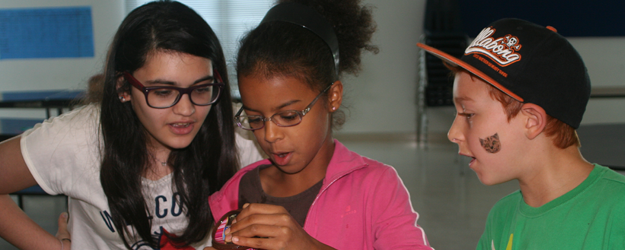
At BuildWoW we strive to foster a new generation of young global citizens who are empowered to create positive change in their school, community and the world. This process begins with exposing students to key global issues and challenging them to think deeply about how to tackle these issues.
Here are five tips to promote global citizenship in your classroom.
1. Use powerful statistics to capture student interest
For example: “171 million people could be lifted out of poverty if all students in low‐income countries left school with basic reading skills”. (UNESCO)
The United Nations has a good site with some powerful statistics about education.
Another great website with fantastic visuals and maps is Gapminder
Oxfam also offers a huge range of education resources.
2. Compare and contrast countries to make students stop and think
Comparing and contrasting countries is a great way to get students really thinking about the key issues. NationMaster NationMaster, is a massive central data source and a handy way to graphically compare nations. It allows students to generate maps and graphs on all kinds of statistics.
For example: Here is a great chart comparing education in Canada and Kenya. This chart lists children out of school by country
3. Use the news as a positive platform to inspire students
Share positive and uplifting stories with students to develop hope. At times, when we are only exposed to mainstream news it’s hard to remember the presence of good in the world. However, our world is full of heroes and true stories of inspiration.
Daily Good “The news that inspires” offers stories about how individuals can make a difference in their own lives and the world around them.
4. Have students use the Millennium Development Goals to debate priorities
In 2000, close to 200 countries pledged to free the world from absolute poverty. As part of their promise these countries established eight global poverty reduction goals to be achieved by 2015. How will the world achieve these goals? With a few successes and numerous challenges since 2000 this is a great opportunity to create debate.
5. Challenge perceptions about the world
What if the world population were reduced to a community of 100 people? Miniature Earth is a website that offers students a glimpse into an earth with only 100 people.
The powerful video on the site gets students thinking about religion, gender and the global distribution of wealth.
Don’t stop at the learning use the learn-share-contribute model spread awareness and create positive change in the world.
This post adapted from guardian.co.uk

